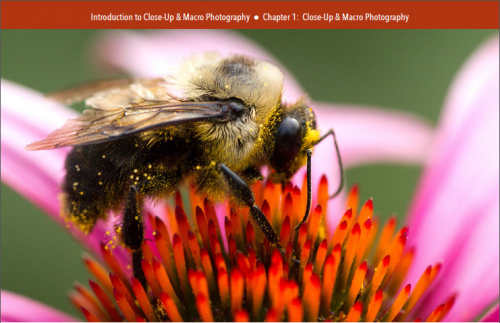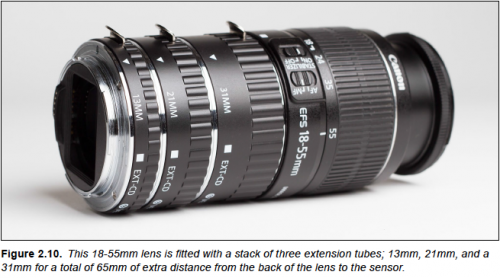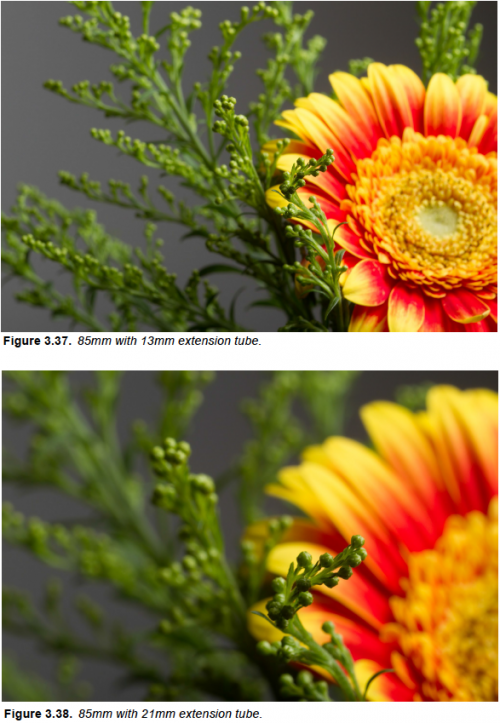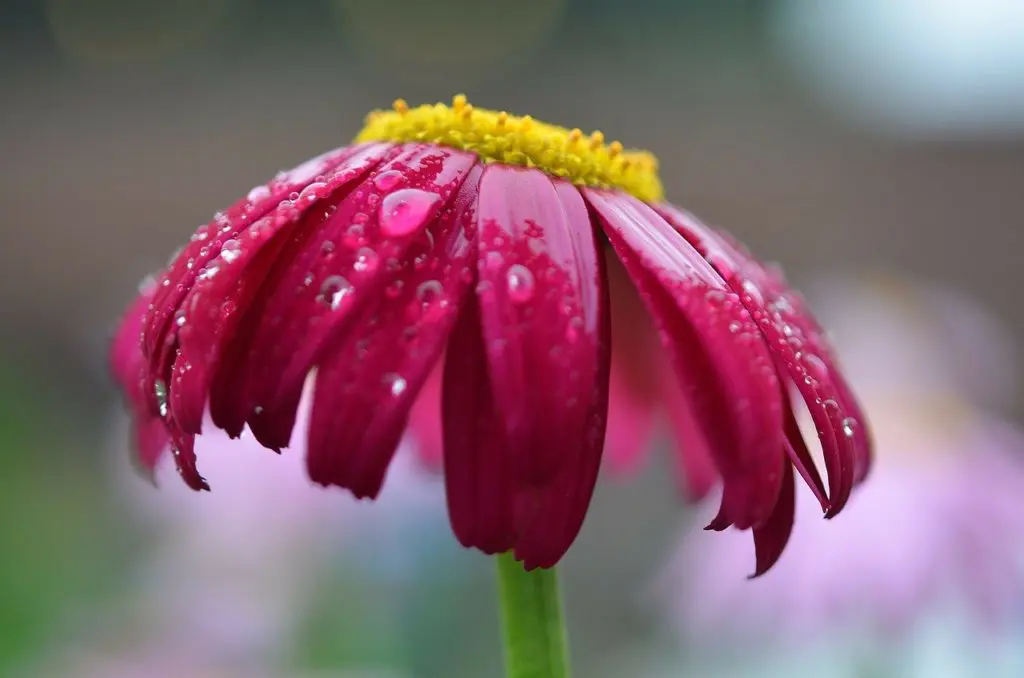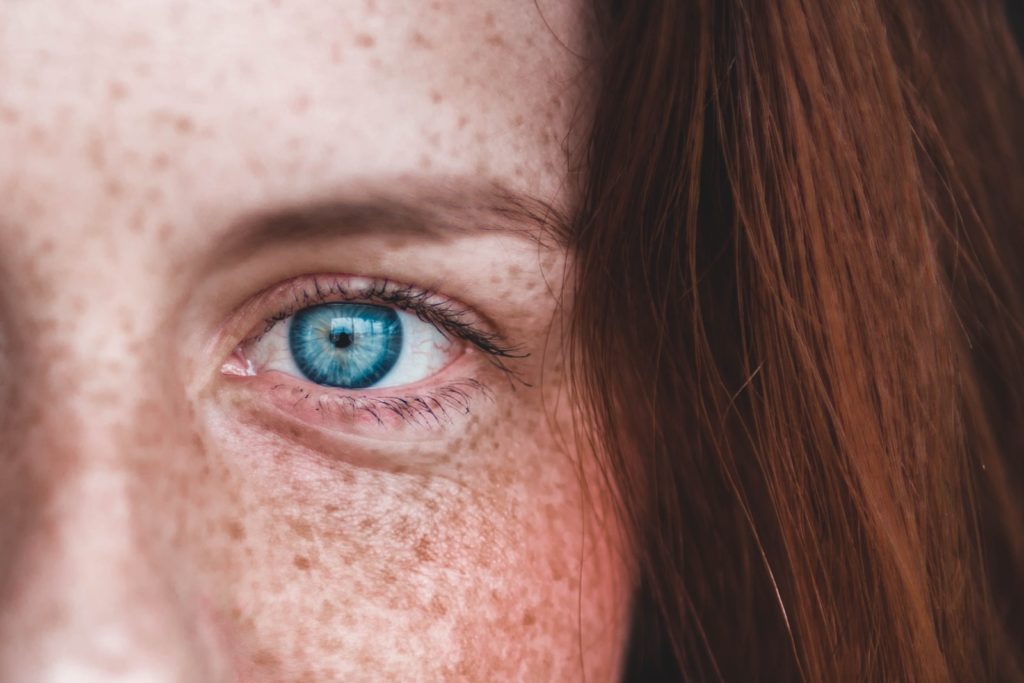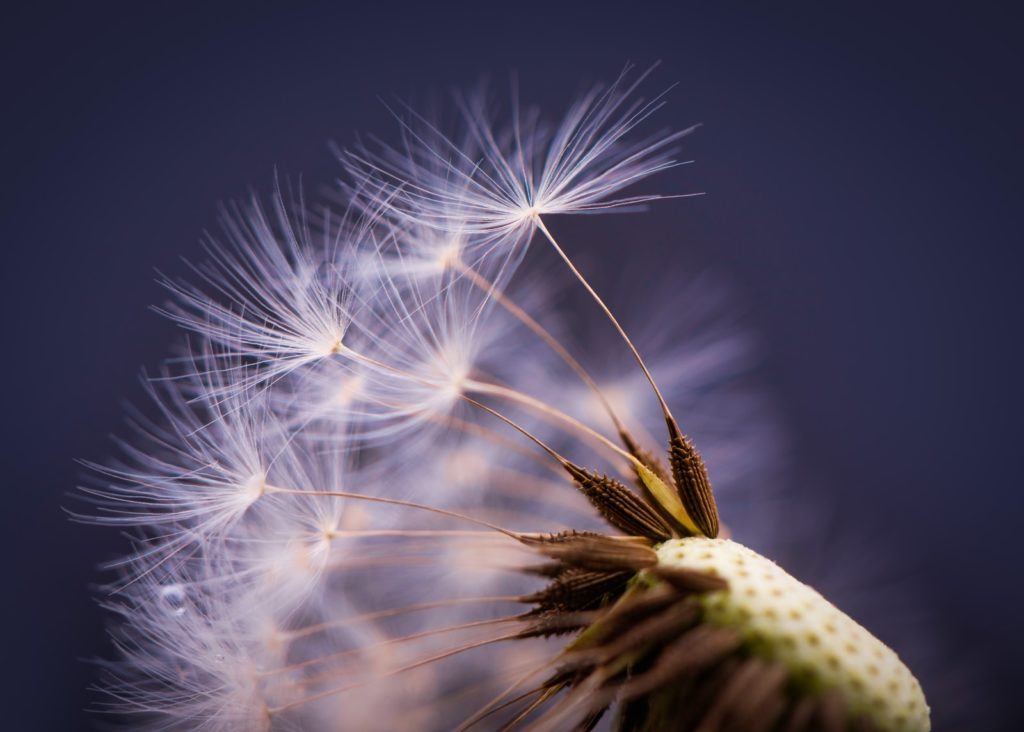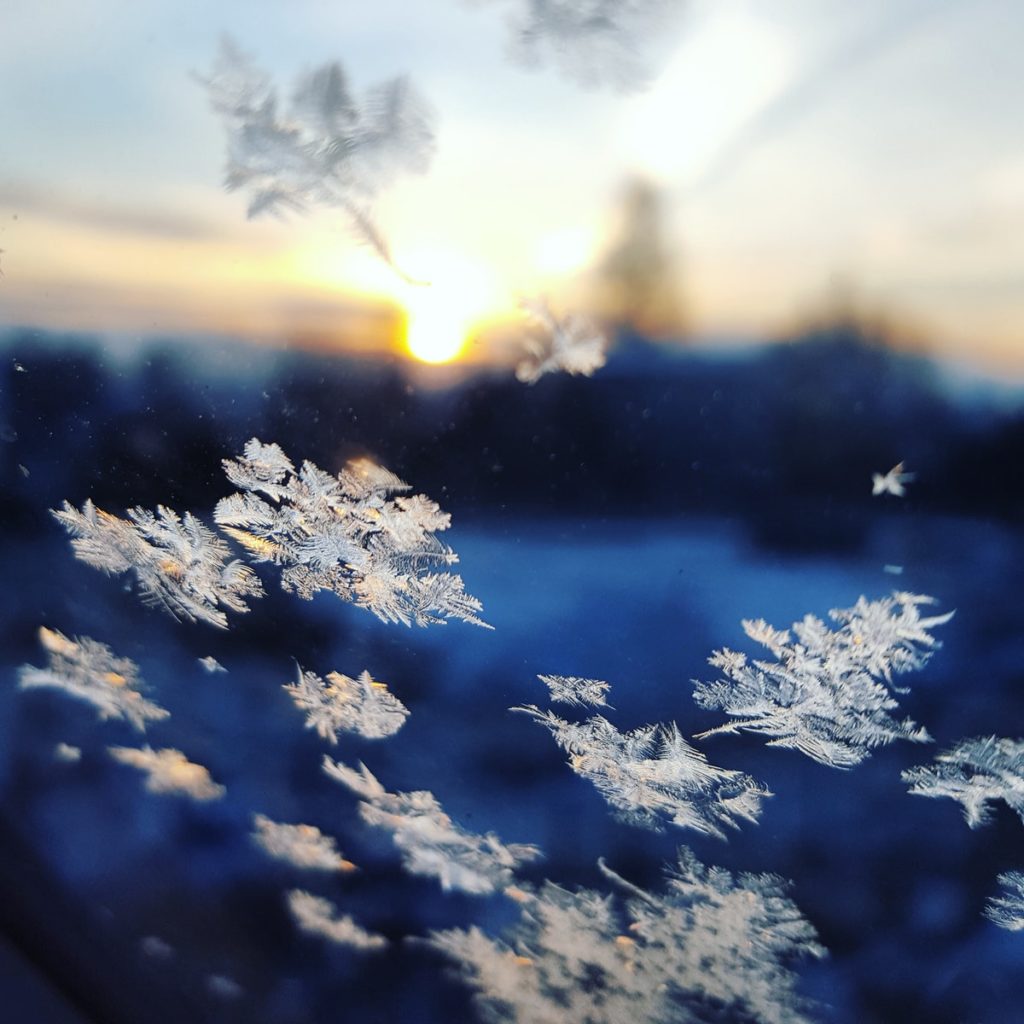Are you into macro photography? Are you into eBooks? Good, because I think you’re going to love Introduction to Close-Up & Macro Photography by Ed Verosky.
It is easy to understand why people are so enthralled by macro photography — you get a magnified glimpse into a world typically hidden from the naked eye. With macro photography, all manner of details and features that we were previously unaware of suddenly come roaring to life, expanding our appreciation and understanding of all the little things around us.
In practice, however, macro photography can often represent a challenge that keeps many would-be participants at bay, typically due either to previous failed attempts or concerns about cost of specialized gear. Ed Verosky’s eBook seeks to alleviate much of the anxiety surrounding macro photography by addressing the most pressing points of inquiry and providing the reader with a roadmap to producing wonderful macro images.
Introduction to Close-Up & Macro Photography is comprised of five sections, and within each one you will discover the following:
1. Close-Up & Macro Photography
This introductory chapter indeed addresses the basics of macro photography, including an actual working definition of what macro photography is and the practical (non-mathematical) implications of the 1:1 or life-size reproduction ratio. But on the point of subject magnification, even experienced macro shooters would do well to give consideration to an important question put forth by the author: “What would be the point of a 1:1 on-sensor image capture if it were never printed or displayed larger than the size of the sensor?” The chapter concludes with an overview of quick, easy, and affordable ways to break into macro/close-up photography via the use of extension tubes, diopters, and the lens reversal method.
2. Gear List & Basic Use
If you are unsure of what specific gear you will need for close-up or macro photography, everything you want to know and everything you didn’t know that you want to know can be found here. From lenses (whether a kit lens or a dedicated macro lens) to tripods to lighting to more specialized tools such as bellows and focusing rails, Verosky’s approach to addressing gear needs and options is thorough without being overwhelming. And you might be pleasantly surprised to find that you can get started with close-up photography using the gear you already have.
3. Lighting for Close-Up & Macro Photography
The importance of good lighting for close-up and macro work simply cannot be overstated; it doesn’t matter if you’re using a flagship macro lens or a reversed “nifty-fifty.” If you don’t have proper lighting you’re wasting your time. To keep you from wasting your precious time, the author provides a rundown of all your lighting options. Rather than evangelizing one particular lighting method as being objectively superior to another, Verosky advises that “Natural light, reflectors, off-camera flash, and even a pop-up flash can all provide excellent lighting if used skillfully and creatively.” He also takes the time in this section to cover camera settings, depth-of-field, and focus stacking, each of which is in some way tied to the issue of lighting. Again, Verosky’s guidance is succinct and thankfully avoids wandering into the realm of jargon laden technical manual, which could easily happen when discussing things like depth-of-field and focus stacking.
4. Gear Use Comparisons
Perhaps the most “functional” part of the book, the Gear Use Comparisons section serves as a visual reference to give the reader an idea of how a variety of lenses, filters, and extension tubes — in an assortment of combinations where applicable — will render a given subject. To compile this section, Verosky uses images that “were taken under the same conditions, with the same subject, and little variation of lighting (flash) position.” If you want to see how a 17-40mm lens at minimum focusing distance compares to a 50mm lens at minimum focusing distance compares to an 18-55mm lens coupled to an 85mm lens, you will find those and numerous other comparisons here. This section is arguable the book’s most valuable resource and one I personally will consult again in the future.
5. Examples
Finally, the Examples section really gets to what many photographers feel lies at the heart of macro photography: fun. The author lists several ideas that make for good macro subjects — food, insects, liquid drops, flowers — and provides a list of items you will need to set up the shot. He also takes you through camera settings and basic technique. The goal here, according Verosky’s own assertion, is to motivate the photographer to experiment and “discover your own way of doing things.”
Final Thoughts
Like the other Ed Verosky eBooks I’ve had the pleasure of reviewing, Introduction to Close-Up & Macro Photography, is a thoughtful, accessible document that moves along at a pace brisk enough to keep the reader engaged and presents a wealth of information that doesn’t overload or distract from the learning process. While this book may be primarily aimed at beginner macro photographers, it is hardly facile; seasoned macro shooters might also find value in these pages. Introduction to Close-Up & Macro Photography is, in short, a recipe for success.
